Whether you're charging your car at home or using a public charging station, electric car charging often goes hand-in-hand with a charging app on your smartphone. However, there are many different charging apps out there with different functions, features, and use cases. How can you differentiate between them? In this article, we dive into the topic of charging apps and explain the main differences between each kind. When people think of EV charging apps, the first thing that usually comes to mind is a public charging station finder. These apps primarily consist of a map that displays all the charging points in a given area, complete with details such as the type and number of charging stations. There are numerous public charging apps available for download, either for free or for a nominal fee. Other apps like Google or Apple Maps can also display charging stations near you. However, these services often lack critical details when you’re on the move, such as the availability of a charging station or whether it’s currently in use. This makes them less reliable for planning trips. One of the most crucial pieces of information when driving electric, especially on long-distance trips, is the availability of a charging station along your route. Waiting for the previous user to finish charging could add significant time to your journey. Even with fast charging stations, it typically takes at least 15-20 minutes, so knowing whether a charging station is available ahead of time can make a big difference in ensuring a smooth trip. Using a charging app, you can check the availability of charging stations on your route and determine if they are occupied. If they are, the app can guide you to the nearest alternative that fits your needs, preventing unnecessary delays caused by unavailable charging spots. Beyond just availability, the status of a charging station is equally important when planning a charging stop. Like many other devices, charging stations can malfunction due to hardware or software issues, or problems with the power grid. Arriving at a charging station only to find it out of service is both frustrating and stressful. A charging app can help keep you informed about the status of charging stations as well. Since most public charging stations are connected to the internet, they can easily send real-time updates about their status to a database, which then updates the charging apps accordingly. This allows you to be notified if a charging station is out of service before you arrive, enabling you to plan an alternative charging stop. While most EV owners charge their cars at home for daily use, charging on-the-go is often necessary for longer trips. Public charging typically costs more than home charging, as the charge point operator often adds a markup to the electricity price. Given the variation in pricing between providers, it's useful to check costs ahead of time to choose the most cost-effective option for charging your car. A charging app can provide instant access to pricing information, allowing you to easily compare prices between charging stations. If you have multiple charging stations along your route and sufficient range, you can decide where to charge based on convenience and cost-efficiency, rather than stopping at the nearest available charging point, which may not align with your needs. Charging costs are particularly relevant if you plan to use DC charging, as it can be significantly more expensive than slower AC charging. Checking beforehand can prevent unexpected expenses. Of course, charging speed is another key differentiator between charging stations. While an AC charging station can generally charge a car in a couple of hours, depending on the power output, a DC fast charger may be able to charge an EV in as little as 15 minutes. Both options have their advantages, and the optimal charging speed depends on your needs at any given moment. Regardless of which one you choose, a charging app can make it much easier to find a charger with the desired speed. Some apps even allow you to search for charging stations with specific power outputs, ensuring they suit your requirements. Beyond the technical details of a charger’s functionality, another useful feature of a charging app is the ability to check other EV drivers' experiences with a specific charging station and read reviews. Doing so can reveal aspects about a charger that might not be immediately obvious, such as recurring problems or what kinds of services the location offers. This is a great way to get a sense of a location and ensure it has amenities that meet your needs. For example, if you're on a long-haul journey, you might want to confirm that the charger's location has facilities like restrooms, vending machines, or cafes. Aside from public charging apps, which primarily function as tools for finding charging points, home charging apps give you control over a charging station in a domestic setting. These apps are typically provided by the charging station’s manufacturer and designed to work with your charger. Similar to public charging apps, these apps provide insight into the charging process and let you check the status of a charging session, manage your charger’s electricity consumption, and gather data about energy usage. A home charging app gives you control over your charging station by allowing you to manage many of its features via your smartphone. For example, you can remotely start and stop the charging process, receive notifications when your EV is fully charged, schedule charging sessions, set reminders, and monitor electricity consumption in real-time. All these features are particularly useful for homeowners who want to optimize their charging, such as avoiding charging during peak hours when electricity typically costs more, or managing household energy usage to prevent overloading circuits. In some cases, a charging app can handle both public and home charging, offering drivers the convenience of a single app for all their EV charging needs. This is often the case with home charging apps that also include a map of available public charging stations, allowing users to find and manage chargers both at home and on-the-go. For most EVs, managing charging isn't limited to an app on the driver’s smartphone. Electric cars usually come equipped with built-in software that helps manage charging directly from the vehicle. This software often provides more precise control than external apps, thanks to its constant communication with the car and the ability to collect real-time data. This is because the in-car app communicates directly with the vehicle and can adjust settings to optimize battery life and charging efficiency. For instance, it might recommend slowing down charging if it detects higher-than-expected battery usage and a need to maximize range. Similar to public charging apps, in-car apps can also connect to charging stations, providing information about their status, availability, and costs. Based on this data, the app might suggest route changes if the nearest charging station is unavailable or adjust charging stops based on your driving habits. In-car charging apps can also sync with the EV driver’s smartphone, allowing them to receive information and control charging remotely, similar to home charging apps. As electric vehicles become more popular, charging will play an increasingly important role for drivers. A variety of charging apps can help manage this process, each with unique strengths and applications in different scenarios. We hope this article has provided you with a comprehensive overview of the different types of charging apps and their benefits. Of course, there are many more advanced features that modern charging stations offer, such as smart charging capabilities that optimize energy use, track and manage costs, and protect your home’s electrical system. To learn more about these, read our in-depth blog on smart EV home charging. The number of slots on each side of T-slot industial aluminum can be single slot, multiple slots or no slots. Cross-sectional dimensions can also be custom-manufactured according to application requirements. With corresponding connectors, you can arrange the aluminum profiles in various ways to create different types of T-slot industial aluminum frames. T Slot Aluminium,T Slot Aluminum Extrusion,Aluminum T Track Extrusion,T Slot Aluminium Profile,T-Slot profile,V-slot profiles,V-slot profile Foshan Knilex Aluminum Co., Ltd. , http://www.aluprofilefactory.com1. Public EV Charging Apps
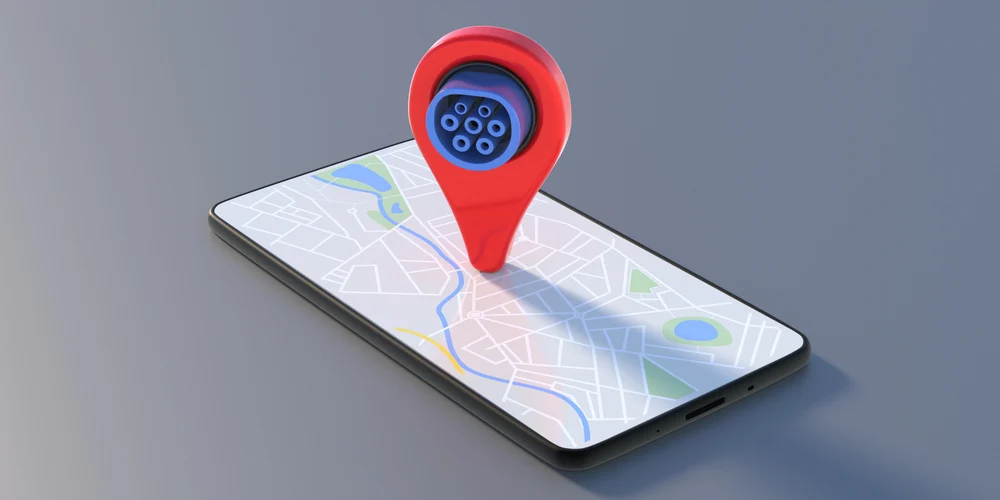
Real-Time Availability
Live Status Updates
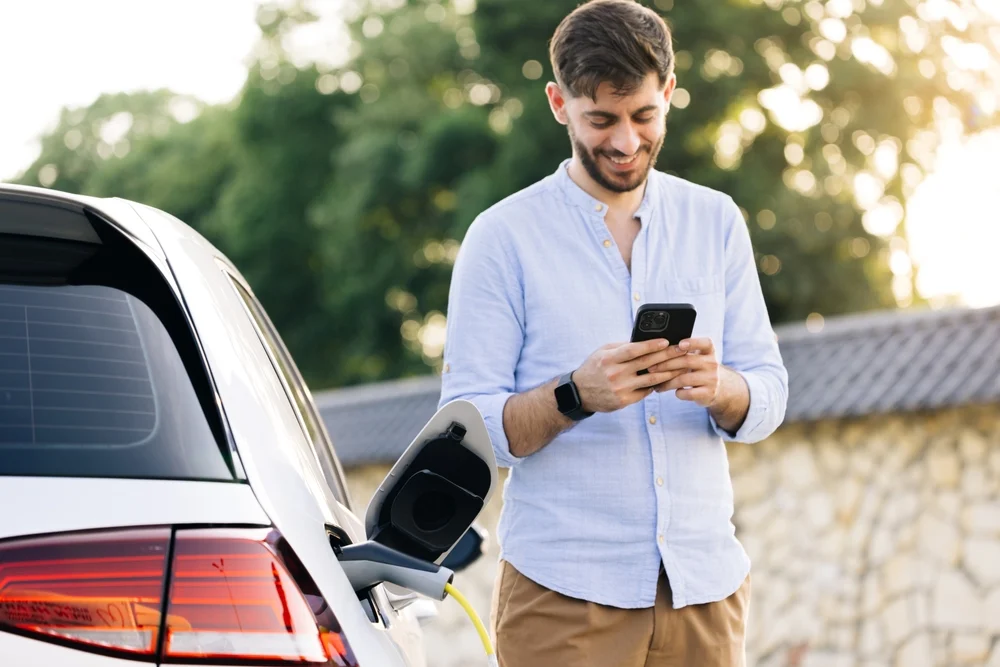
Expected Costs
Charging Speed
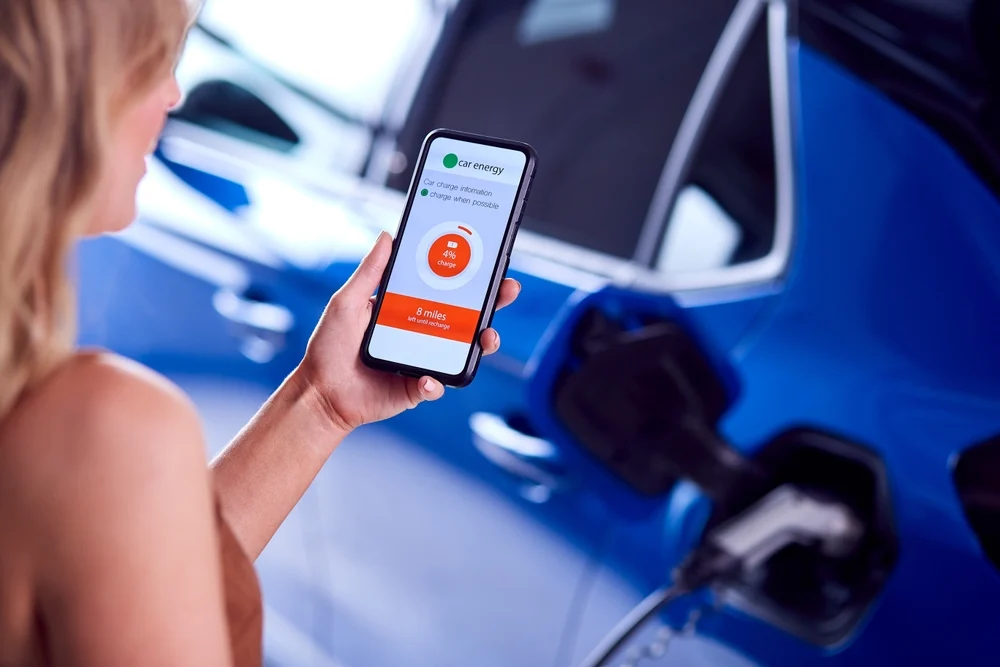
Charging Experience and Reviews
2. Home EV Charger Apps
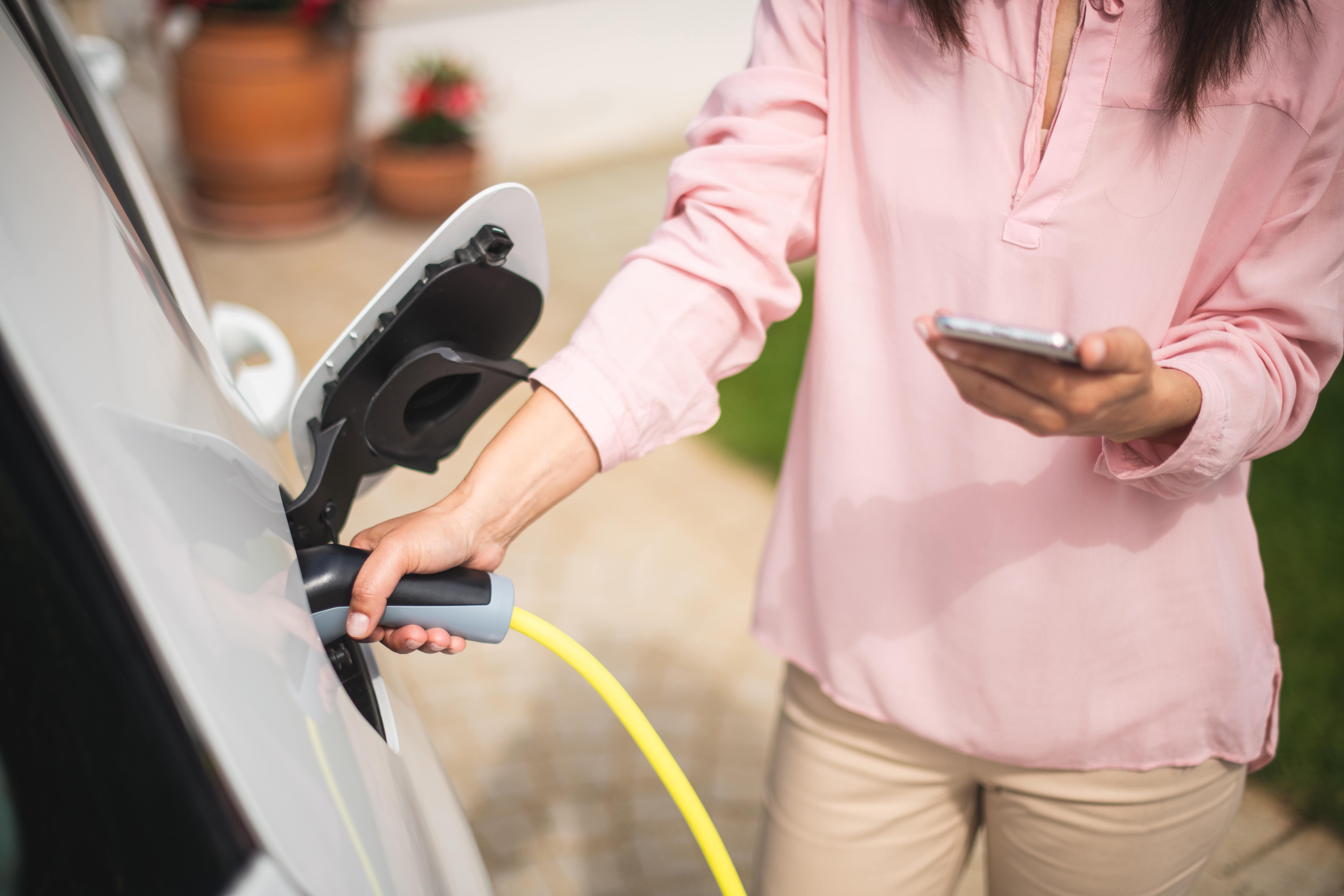
Dual Compatibility of EV Charger Apps
3. Charging Apps Integrated in Electric Cars

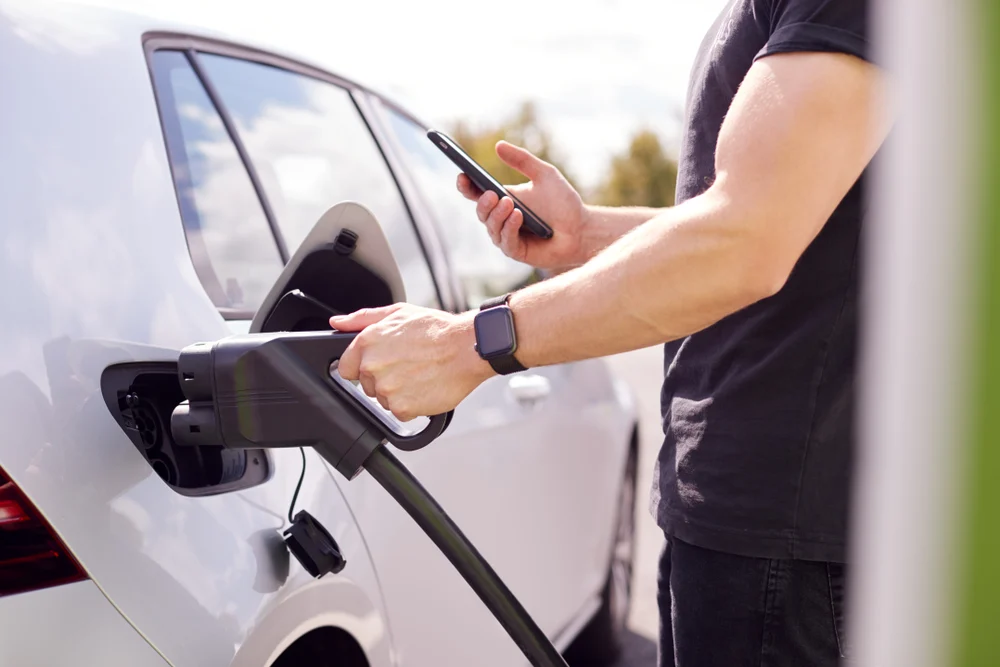
EV charging apps: what's the difference?
Whether you're charging your car at home or using a public charging station, electric car charging often goes hand-in-hand with a charging app on your smartphone. However, there are many different charging apps out there with different functions, features, and use cases. How can you differentiate between them? The number of slots on each side of T-slot industial aluminum can be single slot, multiple slots or no slots. Cross-sectional dimensions can also be custom-manufactured according to application requirements. With corresponding connectors, you can arrange the aluminum profiles in various ways to create different types of T-slot industial aluminum frames. T Slot Aluminium,T Slot Aluminum Extrusion,Aluminum T Track Extrusion,T Slot Aluminium Profile,T-Slot profile,V-slot profiles,V-slot profile Foshan Knilex Aluminum Co., Ltd. , http://www.aluprofilefactory.com